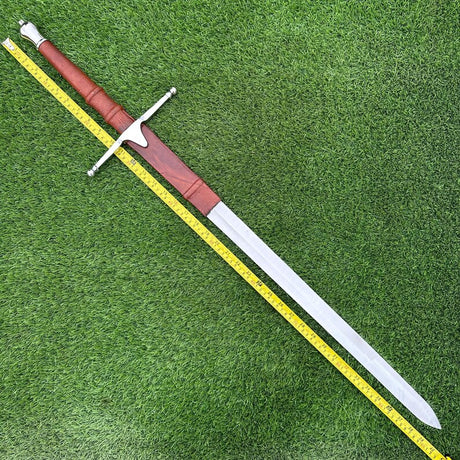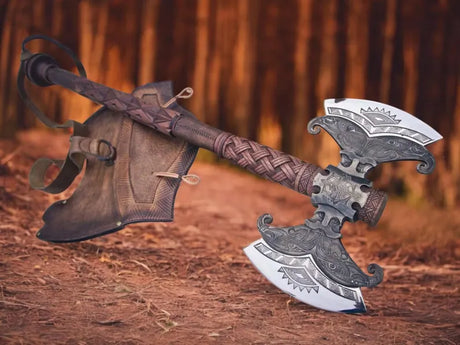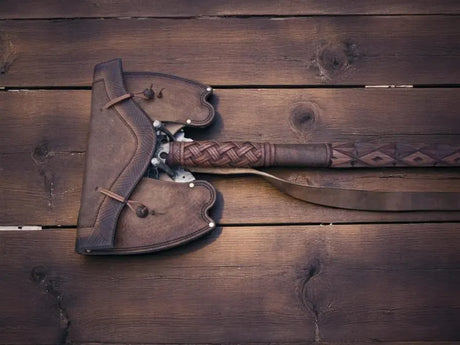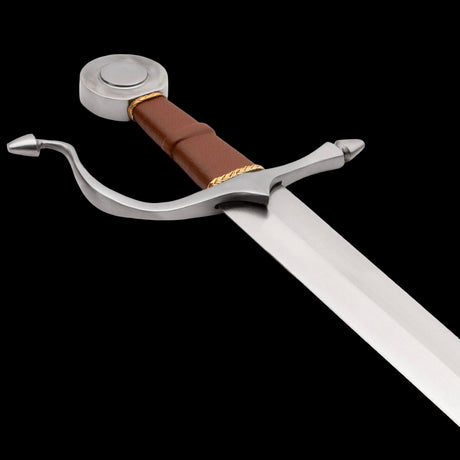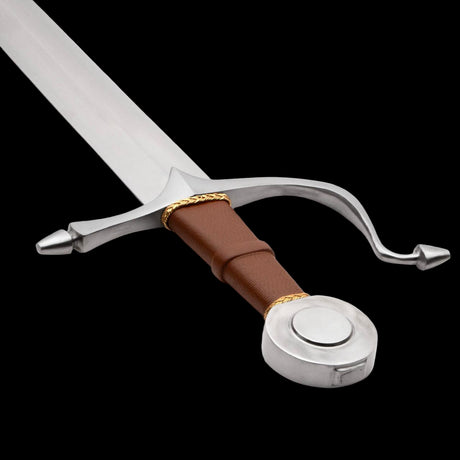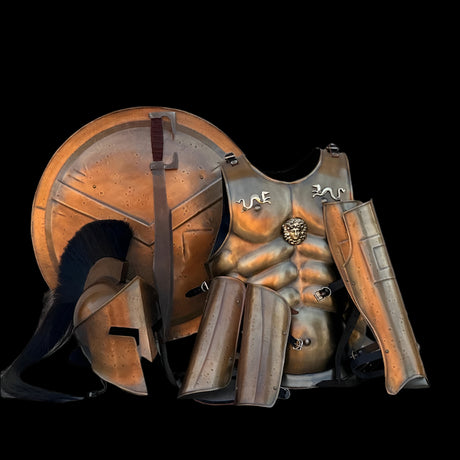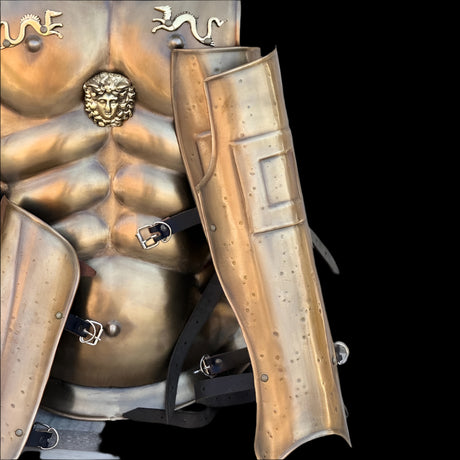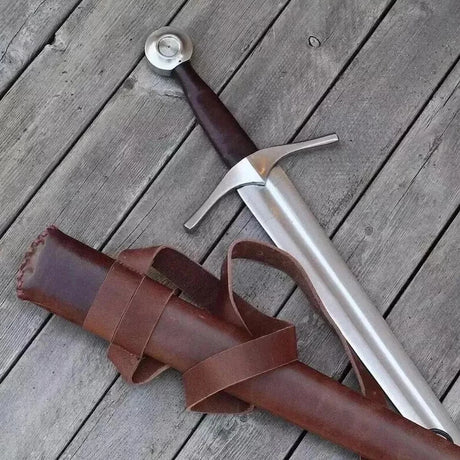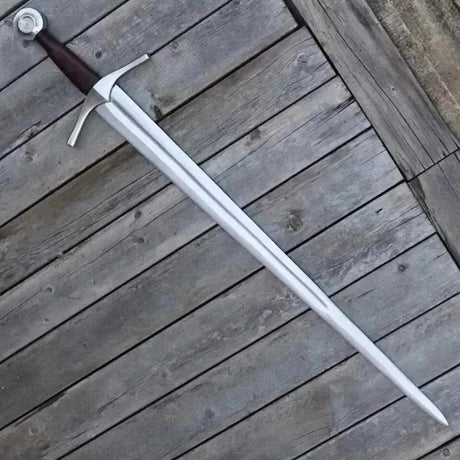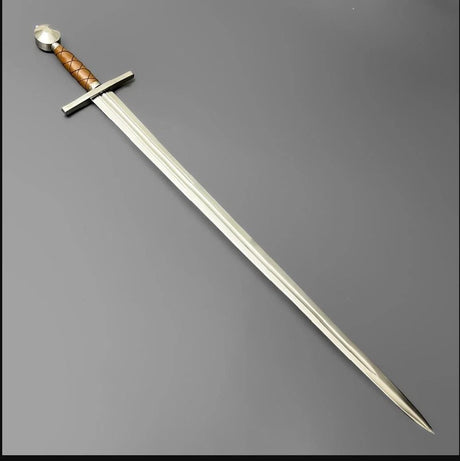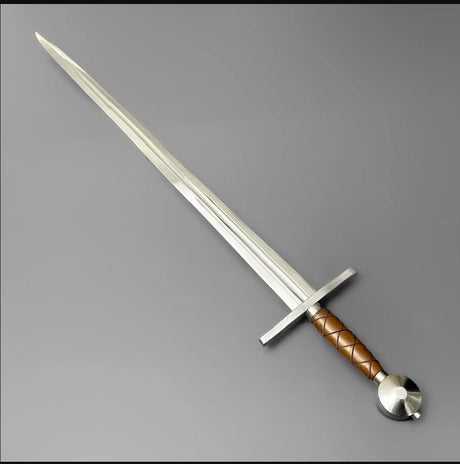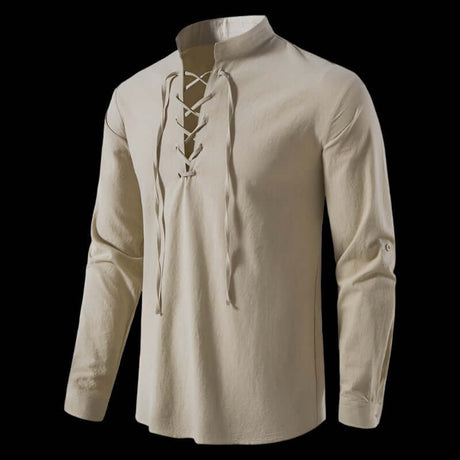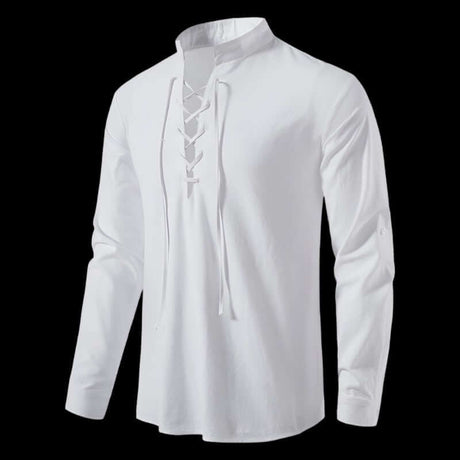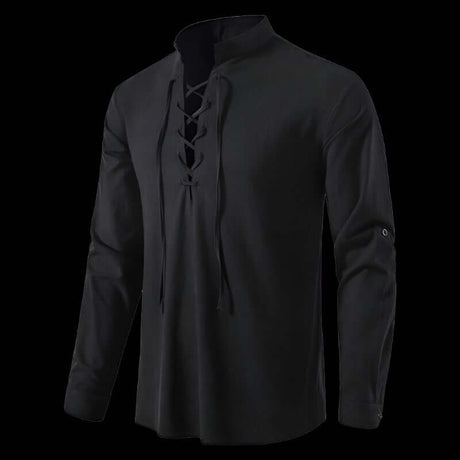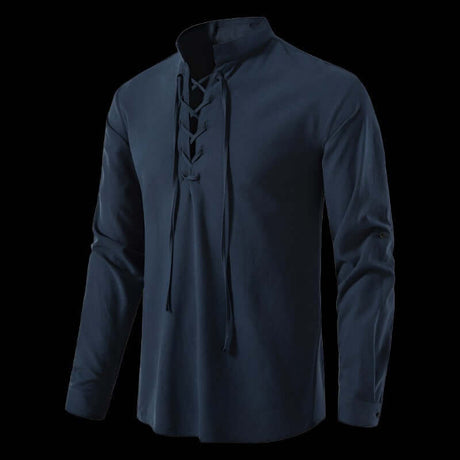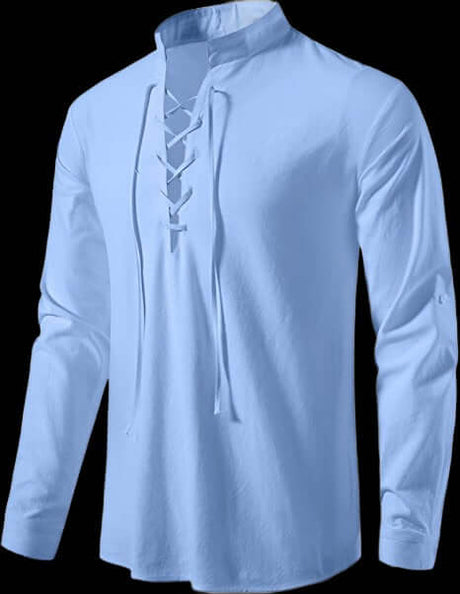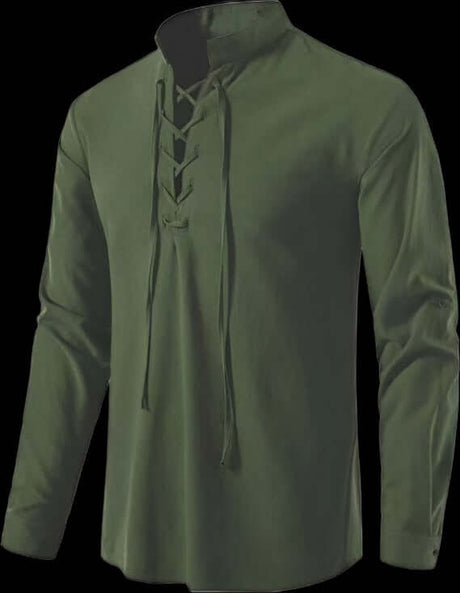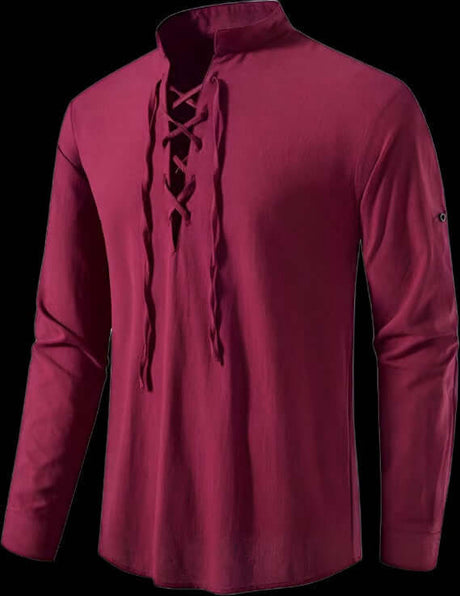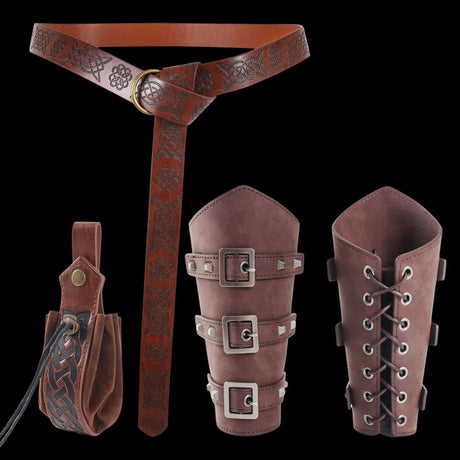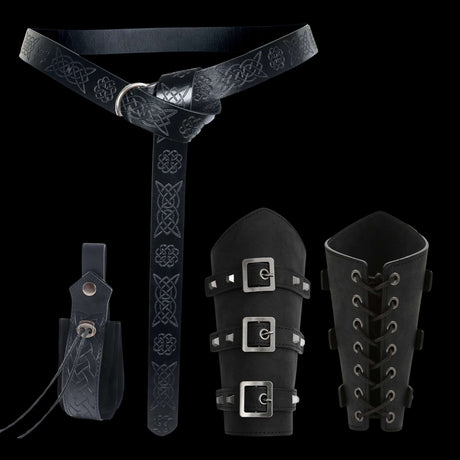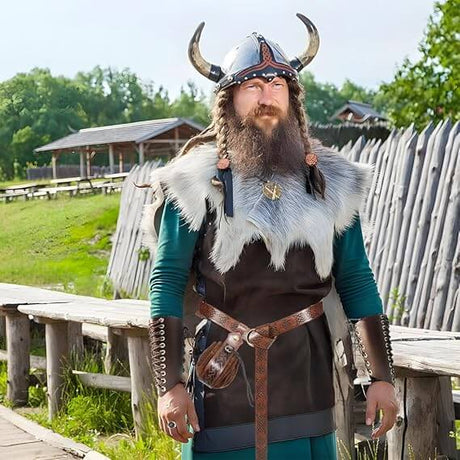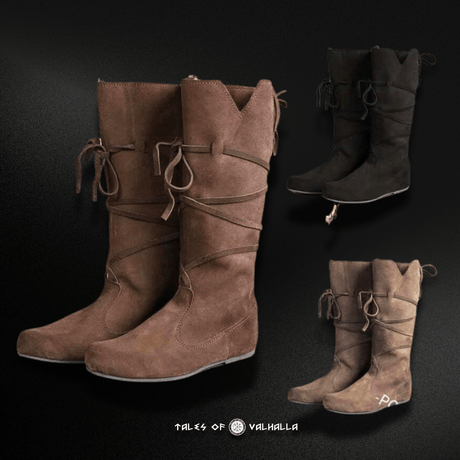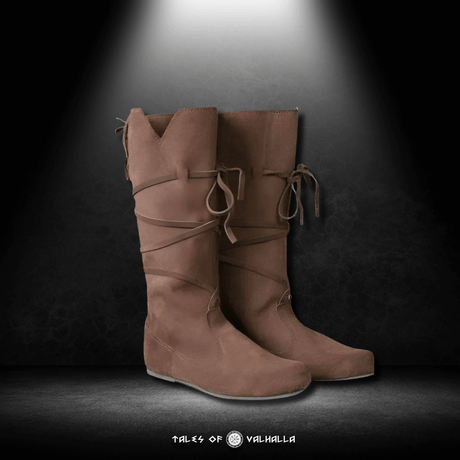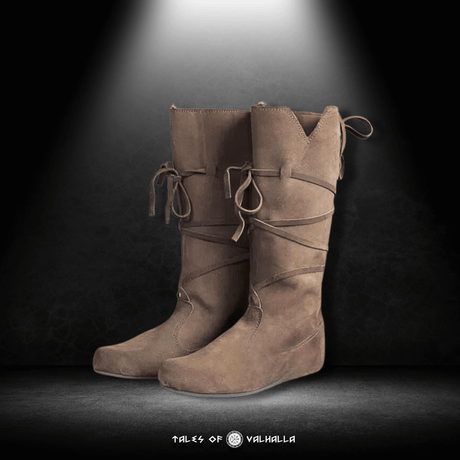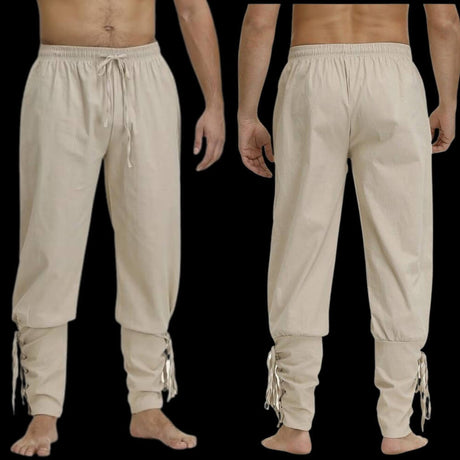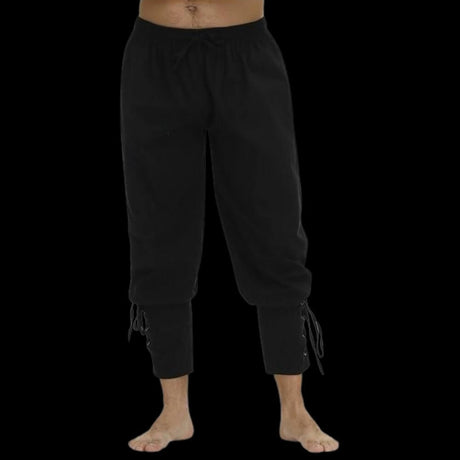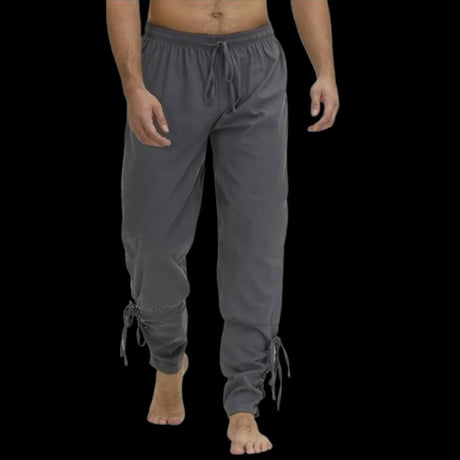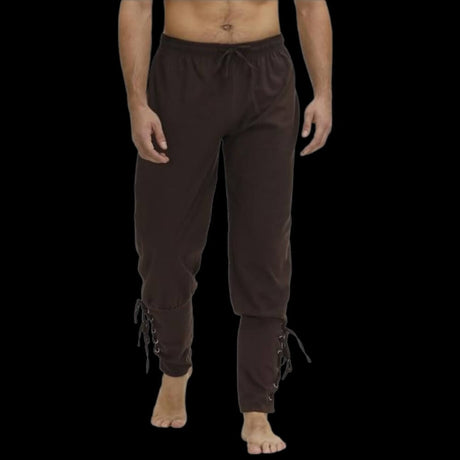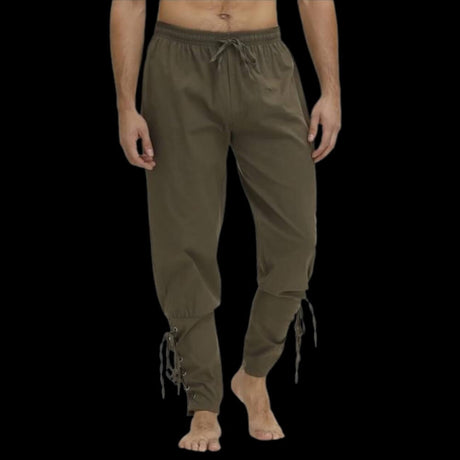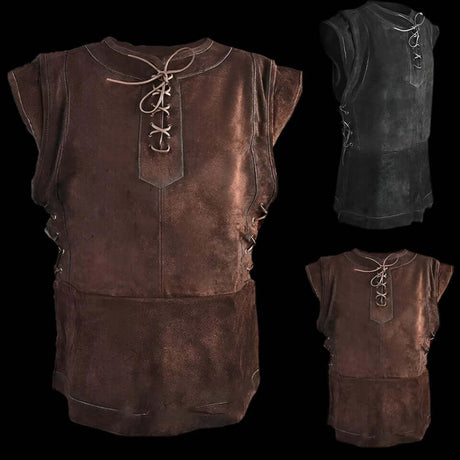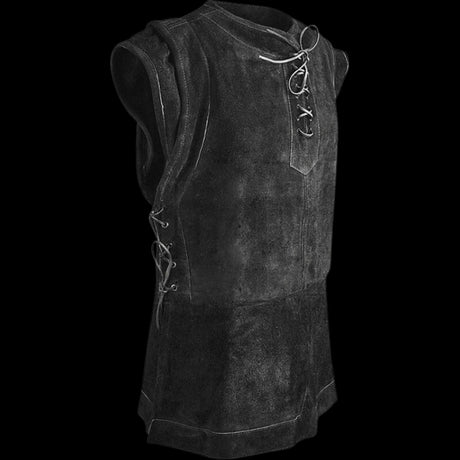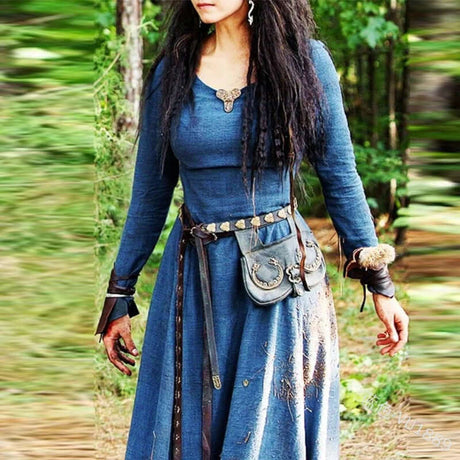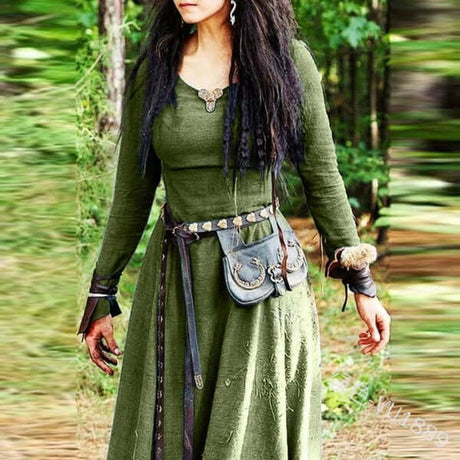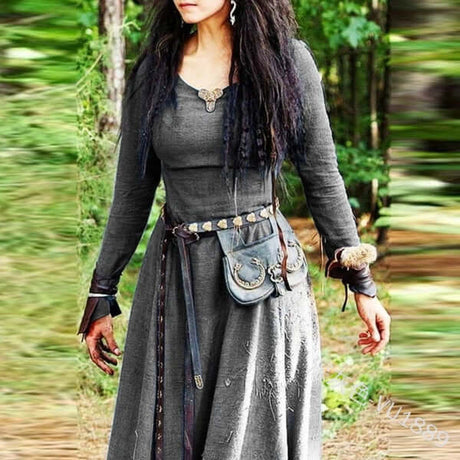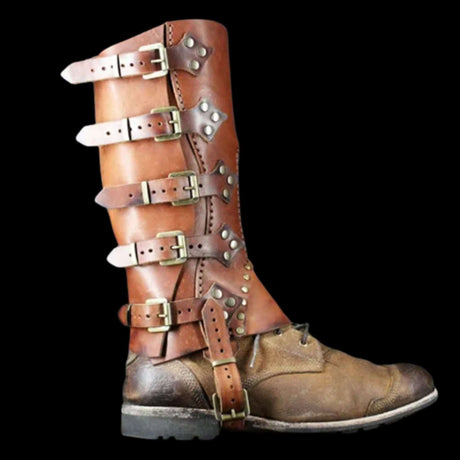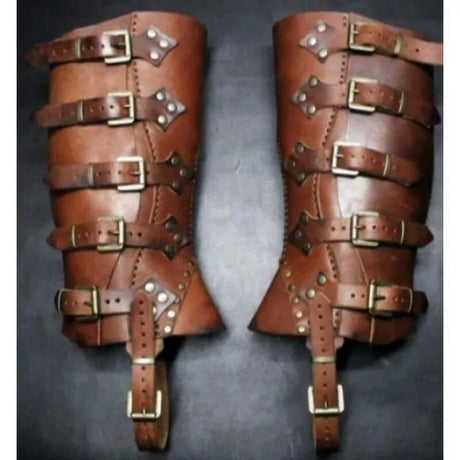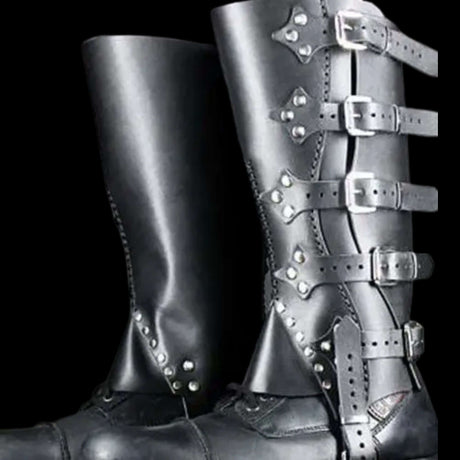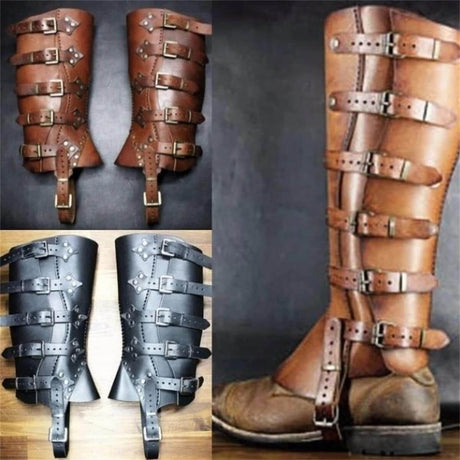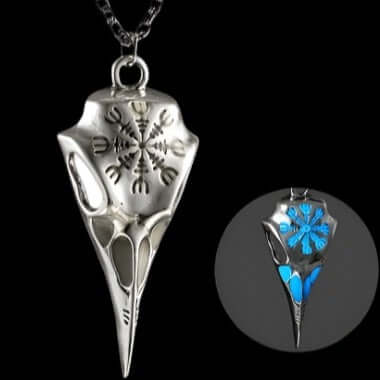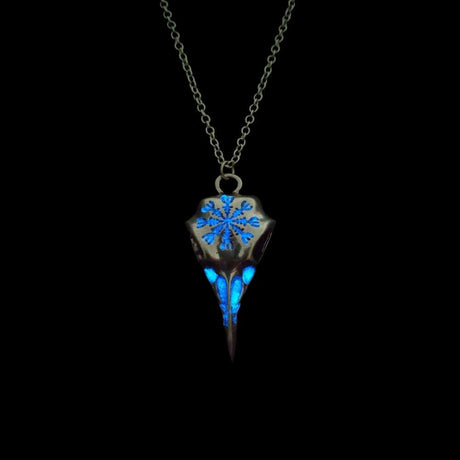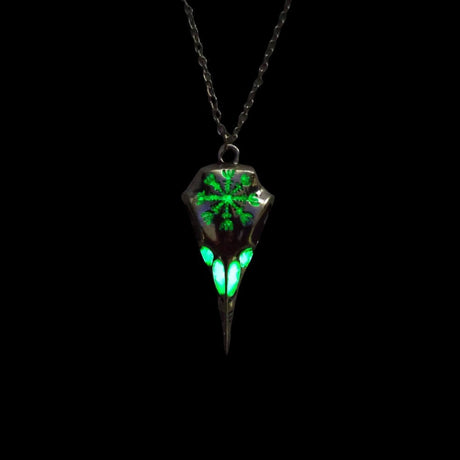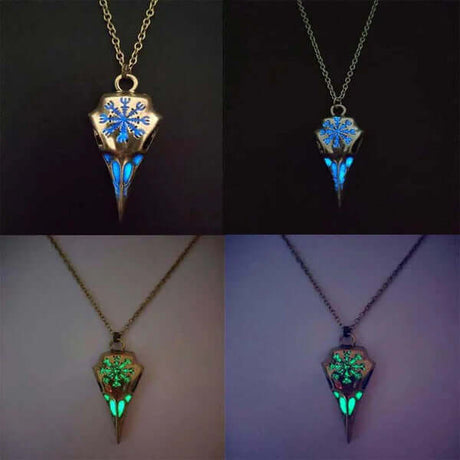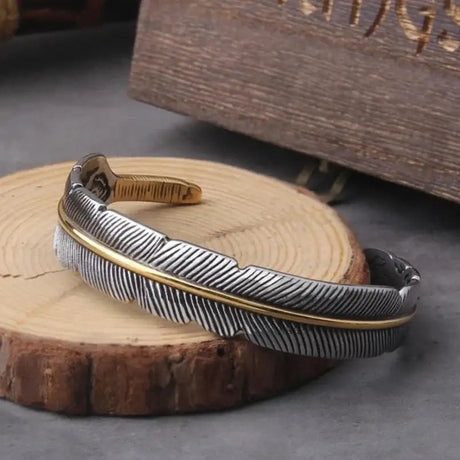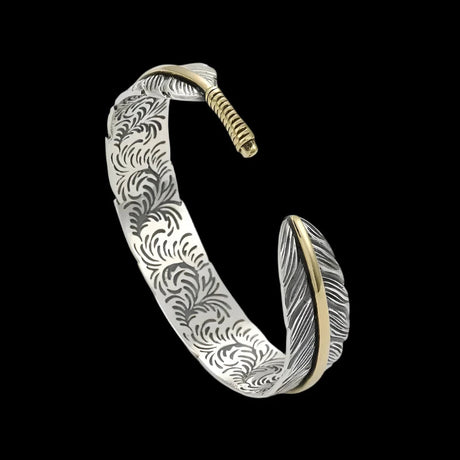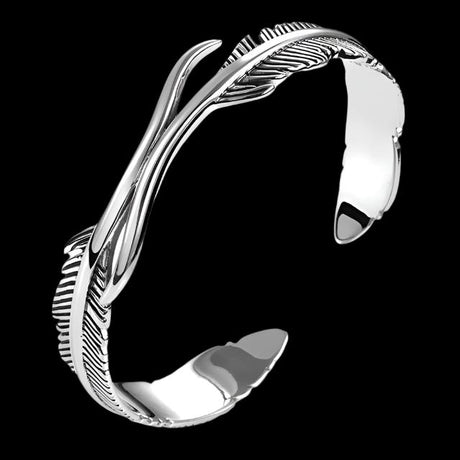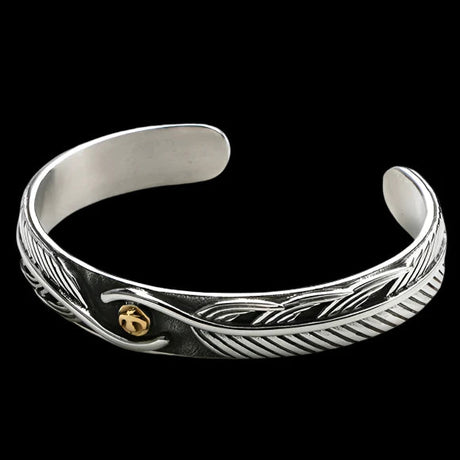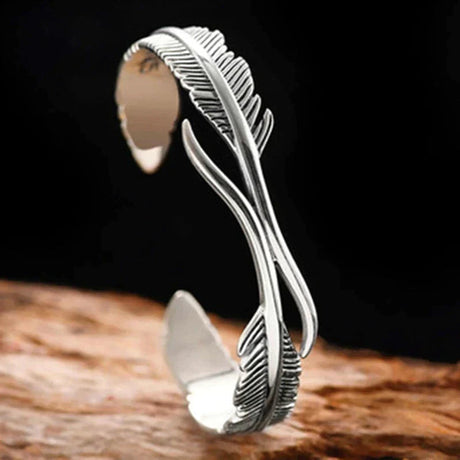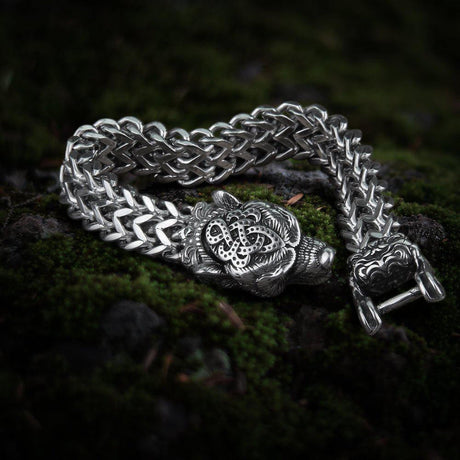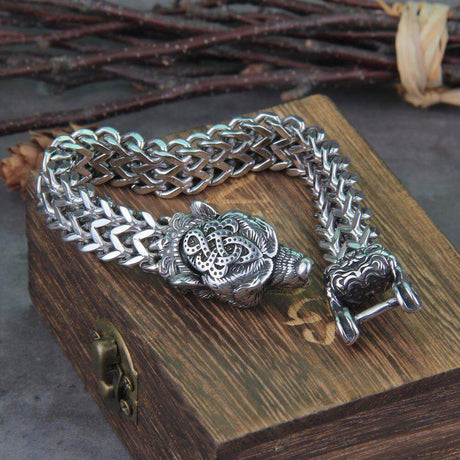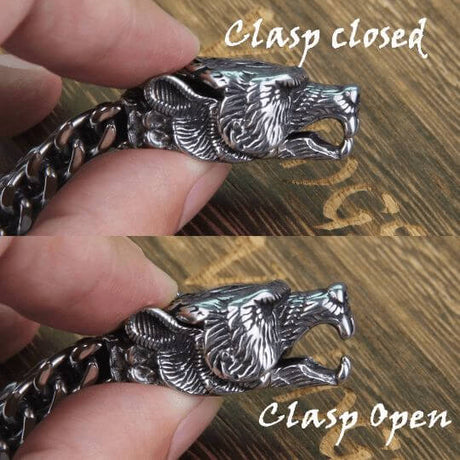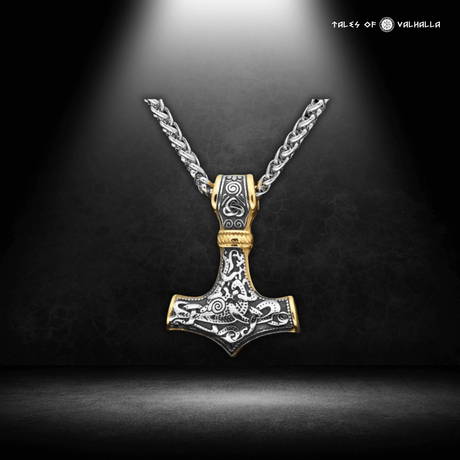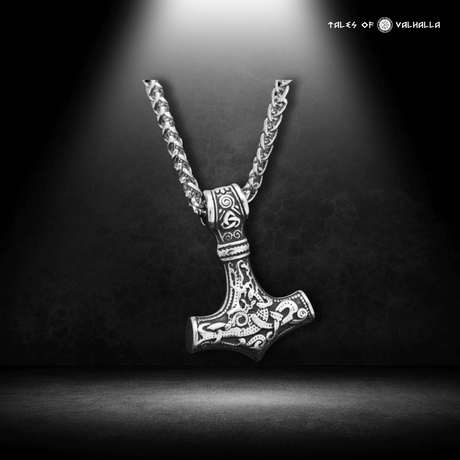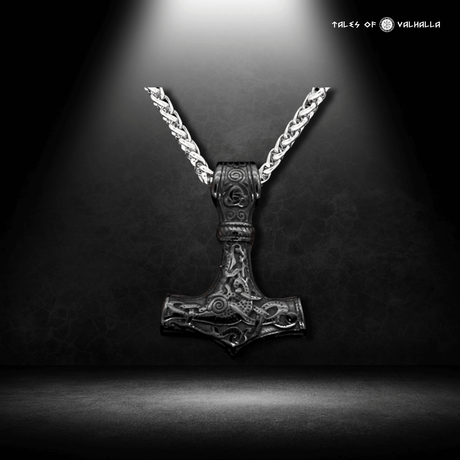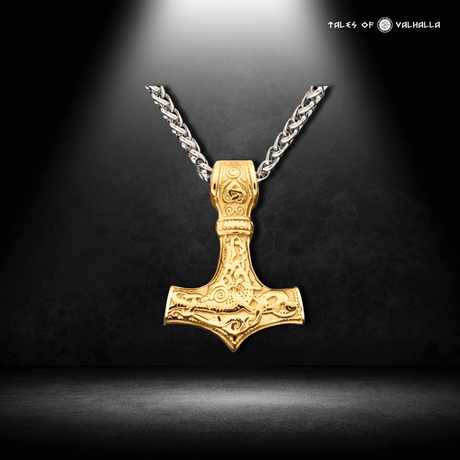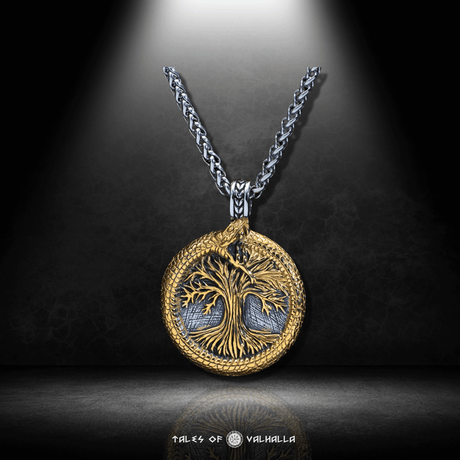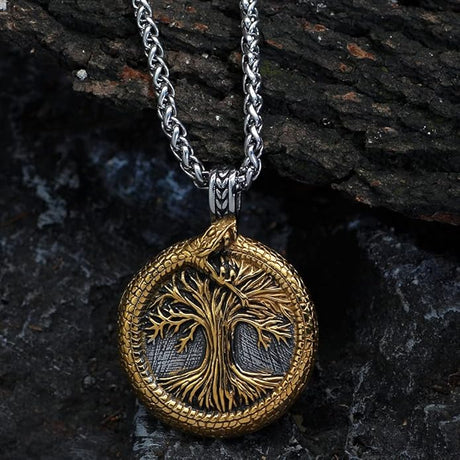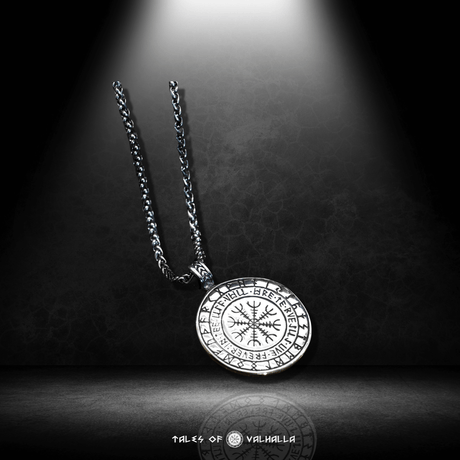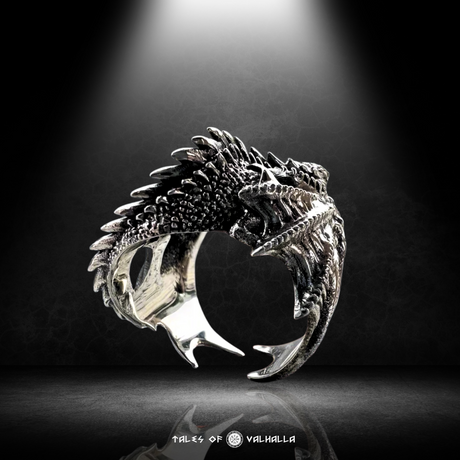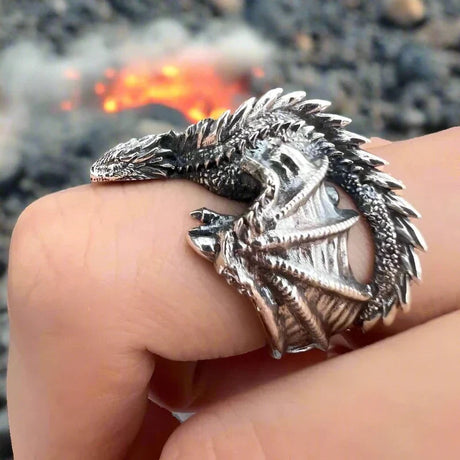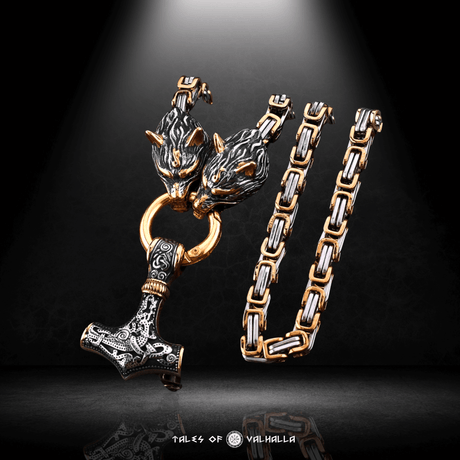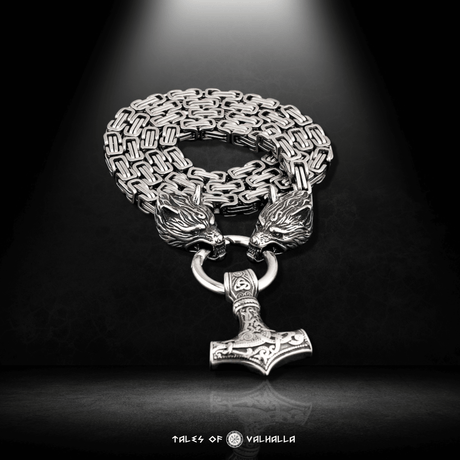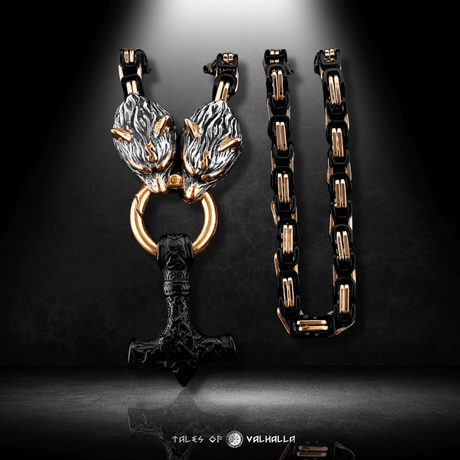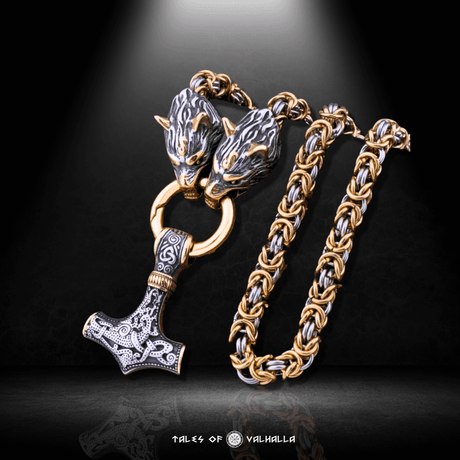Picture the scene: crisp mountain air, the dazzling glare of sun on snow, the swoosh of high-tech skis carving down a perfectly groomed slope. For most of us in the United States, this is the image of skiing—a thrilling recreational sport, a luxurious winter vacation. But what if I told you that the origins of skiing lie not in leisure, but in the harsh, unforgiving world of survival? What if I told you that long before the first chairlift was ever imagined, the Norse people, including the Vikings, were masters of gliding over snow? The relationship between Vikings and Skiing is a deep and ancient saga.
This isn't a story about sport; it's a story about a fundamental technology that allowed people to hunt, travel, and wage war in the snow-bound landscapes of the North. We will journey back in time, thousands of years before the Viking Age, to uncover the prehistoric roots of skiing. We'll explore the unique equipment the Vikings used, meet the gods they dedicated to this essential skill, and discover how the ancient connection between Vikings and Skiing ultimately laid the tracks for the modern sport we love today.
Thousands of Years Before the Vikings: The Prehistoric Roots of Skiing
The story of Vikings and Skiing doesn't begin in the Viking Age (c. 793-1066 AD). It begins thousands of years earlier, born of necessity in the vast, snow-covered regions of Eurasia. Skiing is not a recent invention; it's an ancient form of transportation, one of the oldest known to humankind.

Thousands of Years Before the Vikings: The Prehistoric Roots of Skiing
The Oldest Skis on Earth
Archaeological discoveries have pushed the timeline for skiing back an astonishing distance.
-
Ancient Finds: Some of the oldest ski fragments, discovered in Russia, have been dated to be around 8,000 years old. Other ancient skis have been found in China and across Scandinavia. These were not recreational items but vital tools for Stone Age hunters and travelers.
-
The Kalvträsk Ski: One of the most famous and well-preserved ancient skis was found in a bog in Kalvträsk, Sweden. This ski is approximately 5,200 years old and provides incredible insight into early ski design.
The Rødøy Man: A Carving in Stone
Perhaps the most evocative evidence of prehistoric skiing comes from Norway. On a rock face on the island of Rødøy, there is a carving, dated to be around 4,000 years old, depicting a human figure on long skis, holding a single pole. This image, known as the "Rødøy Man," is a powerful testament to the deep antiquity and importance of skiing in the region that would one day become the heartland of the Vikings. The history of Vikings and Skiing is built upon this ancient foundation.
A Technology Born of Necessity
These early skis were not for downhill thrills. They were a revolutionary technology that solved a fundamental problem: how to move efficiently over deep snow. For early hunter-gatherers, skis meant the difference between starvation and survival. They allowed hunters to track game over long distances, to travel between settlements, and to avoid being trapped by heavy snowfall. This utilitarian origin is the key to understanding the role of Vikings and Skiing.
The Viking Age on Two Planks: Skiing as a Way of Life
By the Viking Age, skiing was an ingrained and essential skill for the people living in the snowy inland regions of Scandinavia. While longships dominated the seas, skis dominated the winter landscape.
The Viking Ski: Not What You'd Expect
If you're picturing modern symmetrical skis, think again. The typical ski set used during the Viking Age was often asymmetrical, a clever design perfectly suited for their needs.
-
The Asymmetrical Design: A common setup involved two skis of different lengths:
-
The Langski (Long Ski): A long, narrow ski used for gliding. It was designed for speed and covering distance.
-
The Andor (Short Ski): A shorter, wider ski used for kicking and propulsion. The underside of the andor was often covered in animal fur (like sealskin or reindeer hide), with the hairs pointing backward. This allowed the ski to glide forward but prevented it from slipping back when pushing off, acting like a modern "ski skin" used by backcountry skiers.
-
-
The Single Pole: Vikings typically used a single, long pole or staff, not the two smaller poles common today. This pole was used for balance, for pushing off (poling), for braking on descents, and could even double as a spear or a tool for probing snow depth.
The Everyday Uses of Skiing
For many Norsemen, particularly those living in the mountainous regions of Norway and the forested interiors of Sweden, skiing was an indispensable part of daily life. The link between Vikings and Skiing was, for many, a daily reality.
-
Hunting and Trapping: Skiing allowed hunters to move silently and swiftly through the winter forests, tracking animals like elk, reindeer, and bears. It gave them a massive advantage over prey that would flounder in deep snow.
-
Communication and Travel: In a land with few roads, skis were the fastest way to travel between remote farmsteads and villages during the winter. Messengers, traders, and families all relied on skis to stay connected.
-
Herding: Farmers could use skis to check on and herd livestock that might be wintering in mountain pastures.
Story Vignette 1: The Hunter's Silent Glide Bjorn moved like a ghost through the snow-laden pine forest. The world was muffled, the only sound the soft shush of his langski gliding over the fresh powder and the rhythmic push of his fur-covered andor. His long ash pole steadied him as he navigated the uneven terrain. Up ahead, he saw his quarry: a massive elk, its breath pluming in the frigid air. Without his skis, the elk would have been an impossible target, easily escaping in the deep snow. But on his planks of wood, Bjorn was a silent predator, at one with the winter landscape. This was the true essence of Vikings and Skiing – a deep symbiosis between man, tool, and nature.
The Divine Skiers: Gods and Goddesses of the Winter Mountains
The profound cultural importance of skiing to the Norse people is most clearly demonstrated by its presence in their mythology. They didn't just practice skiing; they worshipped gods who were masters of it.

The Divine Skiers: Gods and Goddesses of the Winter Mountains
Ullr: The Magnificent God of Skiing
Ullr is the preeminent ski god in the Norse pantheon. While a somewhat enigmatic figure from an older generation of gods, his association with skiing is undeniable.
-
Domains: Ullr is the god of skiing, archery, hunting, and dueling. He is often depicted gliding on his skis with his bow at the ready.
-
Symbols: His primary symbols are the ski and the yew bow. He was also said to be so skilled that he could use his shield as a vessel to travel over water, adding to his mystique.
-
Cultural Significance: The fact that the Norse had a specific god dedicated to skiing speaks volumes about its importance. Ullr represents the mastery of winter survival skills, the ideal hunter, and the glorious solitude of the snow-covered wilderness. The connection between Vikings and Skiing was so fundamental it was deified.
Skadi: The Fierce Skiing Goddess of the Hunt
Another powerful deity associated with skiing is Skadi.
-
Domains: Skadi is a Jötunn (giantess) who marries into the Aesir gods. She is the goddess of winter, mountains, hunting, and, crucially, skiing.
-
A Spirit of Independence: The myths tell us that Skadi could not stand to live in Asgard and her sea-god husband Njord could not stand her mountain home. They agreed to separate, and she returned to her beloved snowy peaks to hunt and ski alone.
-
The Ski Goddess: Skadi embodies the fierce independence and self-reliance required to thrive in the harsh winter wilderness. She is a powerful female archetype, a master of the skills needed to conquer the mountains. Her presence reinforces the deep cultural link between the Norse people, the winter landscape, and skiing.
Story Vignette 2: The Goddess of the Peak Imagine Skadi, her face flushed from the cold, effortlessly gliding down a vast, untouched mountain slope, the world a sea of white and blue around her. Her skis are her freedom, the bow on her back her provider. She is not a goddess of the hearth or the hall, but of the raw, untamed power of the winter mountains. The wind sings in her ears, a song only she can understand. She is the embodiment of the wild spirit of the North, a divine reflection of the deep and ancient relationship between Vikings and Skiing.
Skiing into Battle: The Norseman as a Winter Warrior
The skills honed in hunting and travel on skis were easily adapted to warfare. While the image of a full shield wall on skis is unlikely, skiing provided a significant tactical advantage in winter campaigns.
The Tactical Advantage of Speed and Surprise
-
Unparalleled Mobility: Skis provided Norse warriors with unparalleled mobility in winter landscapes. They could move troops rapidly over snow-covered terrain that would be impassable for soldiers on foot or horseback.
-
Scouting and Raiding: Ski-equipped scouts could move quickly and silently to reconnoiter enemy positions. Small raiding parties on skis could conduct lightning-fast surprise attacks on unsuspecting settlements, a key element of Viking military strategy.
-
Guerrilla Warfare: The ability to appear and disappear into the snowy wilderness made ski troops perfect for guerrilla warfare, harassing larger, less mobile armies. The story of Vikings and Skiing is also a story of winter warfare.
The Birkebeiners: A Legendary Rescue on Skis
The most famous and celebrated tale of Norwegian ski warfare comes from the civil war era just after the Viking Age. In the winter of 1206, two elite warriors, called Birkebeiners, rescued the infant prince and heir to the Norwegian throne, Haakon Haakonsson, from his enemies. They skied with the child through the treacherous mountains from Lillehammer to Trondheim in the dead of winter, saving the future king. This legendary journey is commemorated today by the Birkebeiner ski races in Norway and the United States. While post-Viking Age, this event perfectly illustrates the military and endurance capabilities of the Norse skier.
A Comparative Look: Ancient Norse Skiing vs. Modern Skiing
The world of Vikings and Skiing is vastly different from the sport we know today.
The Legacy: How the Viking Way of Skiing Shaped the Modern Sport
The ancient tradition of Vikings and Skiing did not simply die out; it evolved and eventually gave birth to the modern sport.
From Survival to Sport: The Birthplace in Norway
The transition from skiing as a utilitarian form of transport to a recreational sport began in the 18th and 19th centuries in the Telemark region of Norway. Farmers and villagers began holding competitive races and jumping contests, purely for sport and entertainment.
The Etymology of Skiing: A Norse Gift to the World
The very words we use for skiing are a direct legacy of the Vikings and their Old Norse language.
-
"Ski": Comes from the Old Norse word skíð, which meant "stick of wood" or "split piece of wood."
-
"Slalom": Comes from the Norwegian slalåm, which breaks down into sla ("sloping") and låm ("track or trail").
Spreading to the World: Norwegian Immigrants in the US
The sport of skiing was largely introduced to the United States by Norwegian immigrants in the 19th and early 20th centuries. They brought their skills and their passion for the sport to communities in the Midwest and the West, founding ski clubs and organizing the first competitions, thus planting the seeds for the massive ski industry we know today.
Conclusion
The connection between Vikings and Skiing is a saga that stretches back thousands of years. It is a story that begins not with sport, but with survival. For the Norse people, skis were not a luxury but a lifeline—a technology that allowed them to master the harsh winter landscape, to hunt for food, to connect with their neighbors, and to gain a crucial advantage in war. Their profound relationship with this tool is immortalized in their mythology through the powerful ski-gods Ullr and Skadi.
So, the next time you click into a pair of modern skis and push off down a mountain or along a cross-country trail, take a moment to look back at the ancient tracks you are following. The spirit of those Norse pioneers—their resilience, their ingenuity, and their mastery of the snow—is a fundamental part of the history of the sport. The enduring legacy of Vikings and Skiing is a reminder that some of our most cherished modern pastimes have their roots in the ancient, unyielding necessities of survival.











